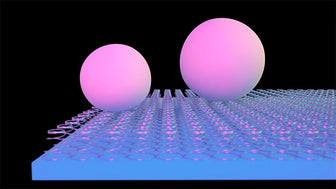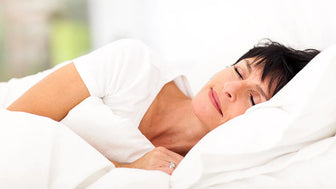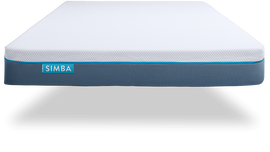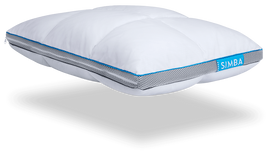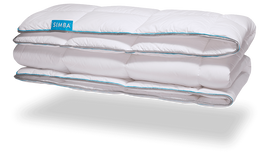Many of us experience the odd sleepless night, however, those who find sleep elusive for extended periods may suffer from a sleep disorder. Sleep disorders are common in the Canada. According to the Government of Canada, insomnia regularly affects as many as one in three people.
Most adults need between 7-9 hours sleep, though some people can and do function on less. It’s important to note that long periods of sleep deprivation can have a negative impact on our mental health.
WHAT IS A SLEEP DISORDER?
Here is a list of the five common types of sleep disorders:
1) INSOMNIA
Insomnia refers to issues getting to sleep and staying asleep for much of the night. Insomniacs rarely feel refreshed in the morning. It’s a common problem and may affect people occasionally or regularly. Persistent insomnia can affect your quality of life.
WHAT CAUSES INSOMNIA?
Insomnia can be triggered by the following:
- Jet lag
- Night shift work
- Mental health conditions
- Health conditions such as chronic pain
- Hormonal changes (PMS)
- Stress and anxiety
- Medications
- Caffeine and alcohol
2) SLEEP APNEA AND SNORING
Snoring occurs when the throat relaxes and partially closes the airway, which then vibrates as the person breathes. It can be very loud. This reduces the quality of sleep for the snorer, and usually, the person who has to share a room with them. Obstructive sleep apnea (OSA) is more serious, causing irregular breathing that can stop for 10 seconds at a time, resulting in low blood oxygen and very bad quality sleep. Seek urgent medical advice if you suspect you have sleep apnea.
WHAT CAUSES SNORING AND SLEEP APNEA?
- Nasal congestion
- Obesity
- Sleep position - especially lying on the back
- Alcohol
- Head and neck anatomy
- Stress and anxiety
- Ageing
- Hypothyroidism
3) NARCOLEPSY
Narcolepsy refers to an inverted sleep-wake cycle where sufferers experience excessive daytime sleepiness or fall asleep suddenly at inappropriate times. There are two types of this condition.
WHAT ARE THE DIFFERENT TYPES AND WHAT CAUSES NARCOLEPSY?
- Type 1 is linked to low levels of hypocretin in the brain and cataplexy, which is a sudden loss of muscle tone in response to a strong emotion such as shock or surprise.
- Type 2 is linked to sleep paralysis, which means that a person is unable to move or talk on waking but remain fully alert, and hypnagogic hallucinations which are dreams, often scary, that occur when a person is falling asleep but alert.
4) PARASOMNIAS
Parasomnias refers to unusual behaviour during sleep, such as sleep walking or talking, or nightmares and night terrors, which tend to occur during the specific sleep stages between sleep and wakefulness. This includes bedwetting, sleep-related eating disorders and sexual behaviour, and sleep paralysis.
WHAT CAUSES PARASOMNIAS?
- Stress and anxiety
- Post-traumatic stress disorder (PTSD)
- Neurological conditions such as Parkinson’s and dementia
- Other sleep disorders
- Certain medications
- Depression
5) RESTLESS LEGS SYNDROME
RLS is more common in women and symptoms can worsen with age. It can present with sensations of aching, burning, tingling, crawling or as an uncontrollable urge to move the legs and can happen in the evenings, as a person is falling asleep or asleep.
IS THERE A SLEEP DISORDER TEST?
While most sleep disorders can be self-diagnosed, a polysomnogram - or sleep study - is usually performed at a sleep clinic. It involves the measurement of blood oxygen levels, brain activity, heart rate, breathing rate, eye and leg movement during sleep, and can be used to diagnose a sleep disorder. With over 250,000 five-star customer reviews, Simba has helped over 1 million Canadian sleepers get their best night’s sleep ever with our range of high-performance sleep products, including mattresses, duvets, pillows, weighted blankets and sleep travel accessories. All available to explore on the website.


